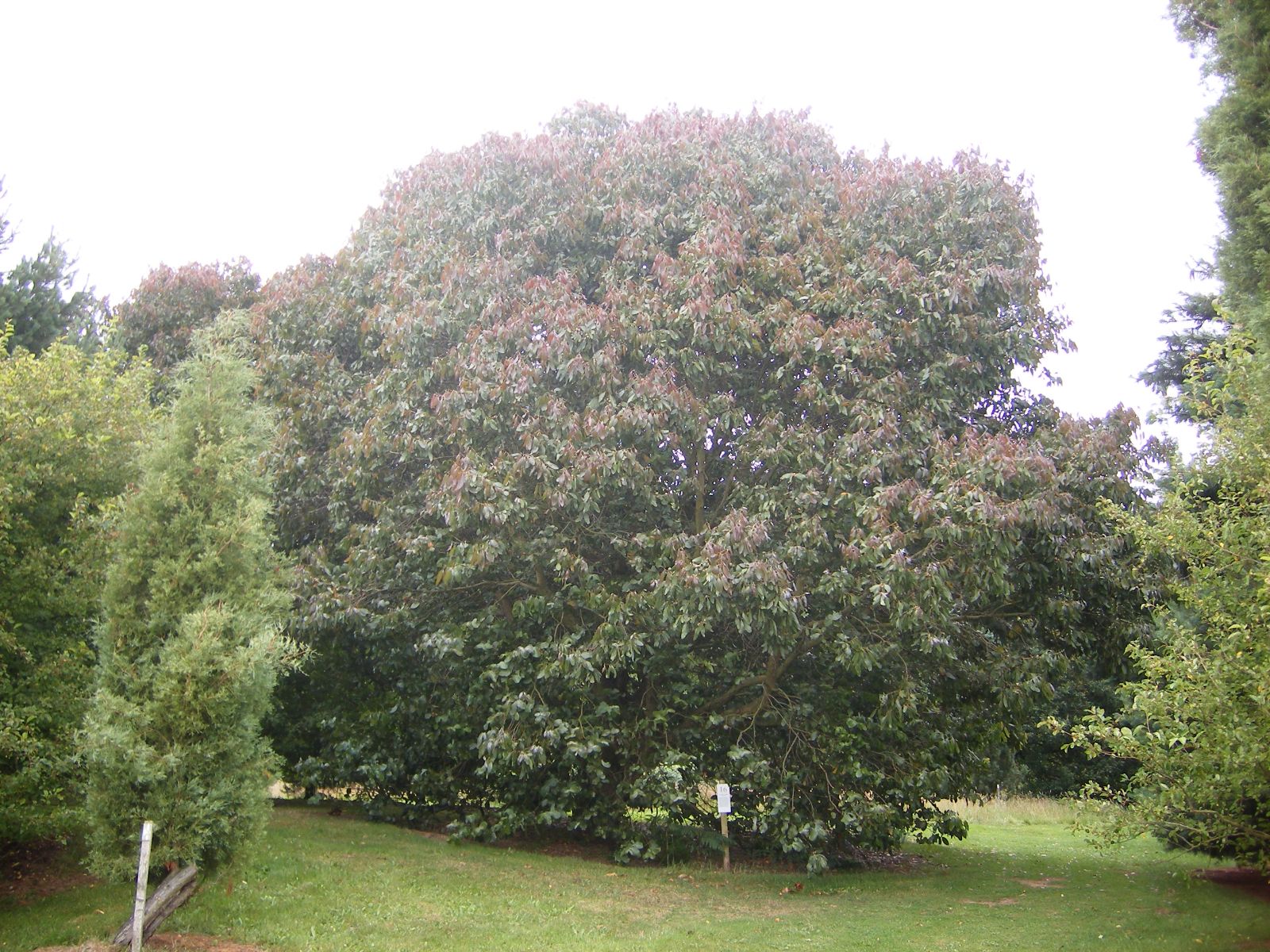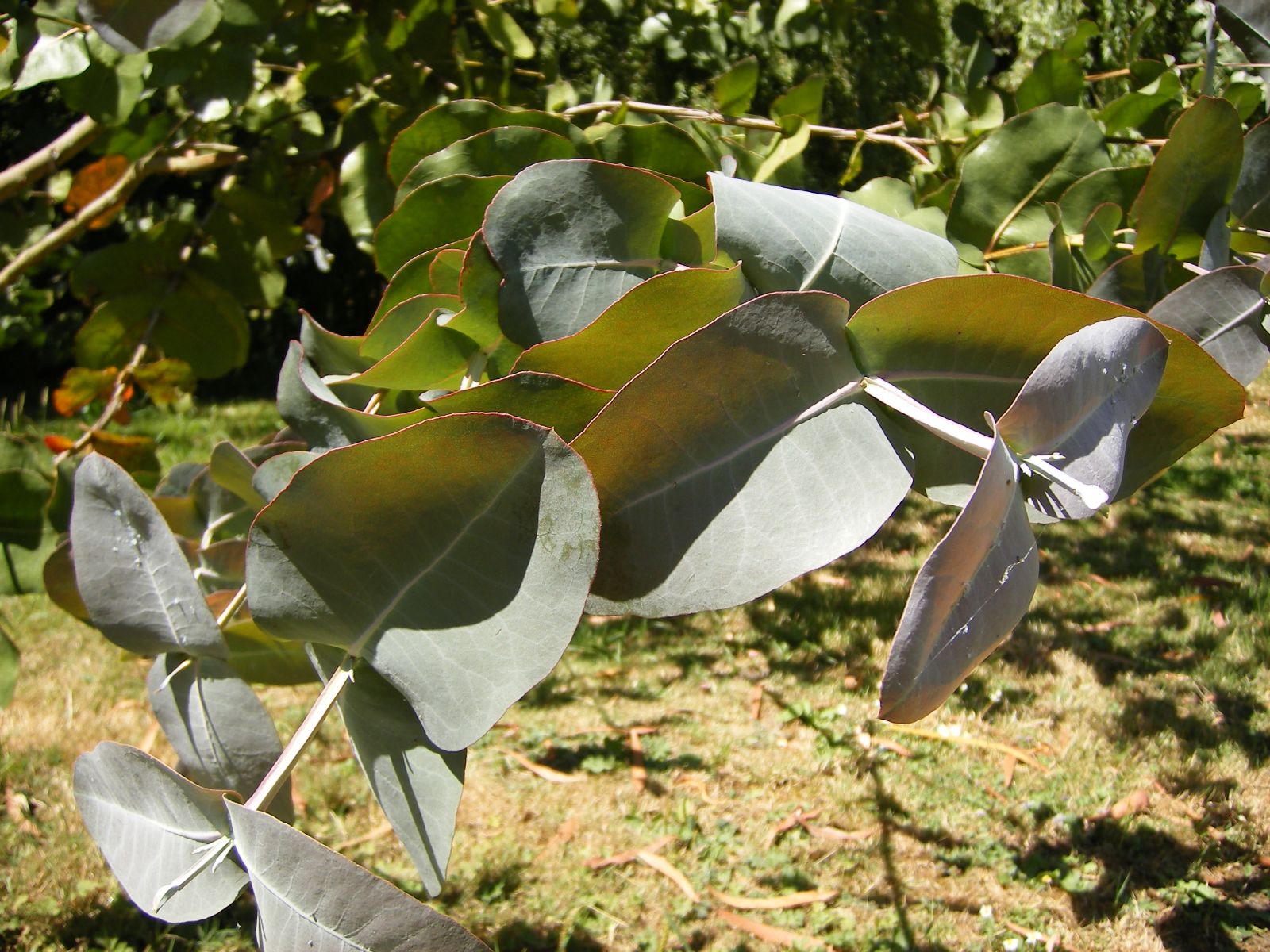Eucalyptus neglecta
Credits
Article from New Trees by John Grimshaw & Ross Bayton
Recommended citation
'Eucalyptus neglecta' from the website Trees and Shrubs Online (treesandshrubsonline.
Genus
Common Names
- Omeo Gum
Other taxa in genus
- Eucalyptus acaciiformis
- Eucalyptus albida
- Eucalyptus amygdalina
- Eucalyptus archeri
- Eucalyptus blakelyi
- Eucalyptus bridgesiana
- Eucalyptus brookeriana
- Eucalyptus camaldulensis
- Eucalyptus camphora
- Eucalyptus chapmaniana
- Eucalyptus cinerea
- Eucalyptus coccifera
- Eucalyptus cordata
- Eucalyptus crenulata
- Eucalyptus cypellocarpa
- Eucalyptus dalrympleana
- Eucalyptus delegatensis
- Eucalyptus elliptica
- Eucalyptus fastigata
- Eucalyptus fraxinoides
- Eucalyptus globulus
- Eucalyptus gregsoniana
- Eucalyptus gunnii
- Eucalyptus johnstonii
- Eucalyptus kybeanensis
- Eucalyptus lacrimans
- Eucalyptus laophila
- Eucalyptus leucoxylon
- Eucalyptus macarthurii
- Eucalyptus macrorhyncha
- Eucalyptus mannifera
- Eucalyptus melliodora
- Eucalyptus mitchelliana
- Eucalyptus moorei
- Eucalyptus morrisbyi
- Eucalyptus nicholii
- Eucalyptus nitens
- Eucalyptus nova-anglica
- Eucalyptus obliqua
- Eucalyptus oreades
- Eucalyptus ovata
- Eucalyptus parvula
- Eucalyptus pauciflora
- Eucalyptus praecox
- Eucalyptus radiata
- Eucalyptus regnans
- Eucalyptus remota
- Eucalyptus risdonii
- Eucalyptus rodwayi
- Eucalyptus rubida
- Eucalyptus saligna
- Eucalyptus sideroxylon
- Eucalyptus stellulata
- Eucalyptus subcrenulata
- Eucalyptus tenuiramis
- Eucalyptus urnigera
- Eucalyptus viminalis
Tree or mallee to 6 m. Bark persistent, grey, rough and fibrous on the lower trunk; smooth and green or greyish green above. Branchlets yellowish green. Juvenile leaves opposite, sessile, elliptic to roughly circular, greyish green and glaucous along the midribs. Adult leaves thick or thin and green, 7.5–15 × 2.5–3.8 cm, lanceolate, lateral veins indistinct, margins entire, apex acute, obtuse or rounded; petiole flattened, 1.2–2 cm long. Inflorescences solitary and axillary; umbellasters with 7–15 flowers. Flower buds ovoid or subglobular; hypanthium 0.3–0.4 cm wide; stamens white or cream. Capsule hemispherical, 0.4–0.5 cm diameter; valves three to four, flush or just exserted. Chippendale 1988. Distribution AUSTRALIA: Victoria (southeast). Habitat Along watercourses in high-altitude forest. USDA Hardiness Zone 7. Conservation status Not evaluated. Illustration NT330, NT350.
The Omeo Gum is a popular species and deservedly so, having spectacular large leaves on a small tree or large shrub that make it ideal for use as a screening plant. It is tolerant of some shade, and of both cold and humid heat, making it one of the few eucalypts suitable for the southeastern United States. In North Carolina, Tony Avent (pers. comm. 2007) has found it hardy to –18 ºC with only tip damage. As usual, circumstances can make a difference to survival: a plant grown by Frank Callia in Cincinnati is reported to have survived –27 ºC with minimal damage, only to freeze to the ground at –22 ºC another year (Hardy Eucalyptus Page 2004). It also seems to respond well to heat. The foliage has a habit of remaining juvenile for some time, even on apparently mature, flowering trees, and as it flushes reddish under the glaucous wax it is extremely attractive. Not the least of its charms, for those who like an aromatic garden, is its intense scent – a sort of ‘essence of eucalyptus’. As a mallee E. neglecta cannot be expected to achieve great height, and most specimens form a wide multi-trunked bush, but it achieved 13 m (18 cm dbh) between 1986 and 2008 at the Sir Harold Hillier Gardens, and 10 m in ten years at Plant Delights Nursery, North Carolina (T. Avent, pers. comm. 2008). Although fast-growing in warm climates it is much slower where cool: a bushy tree at Logan planted in 1966 is currently only 4–5 m tall. It can tolerate periodically damp ground (G. Cooper, pers. comm. 2007).



